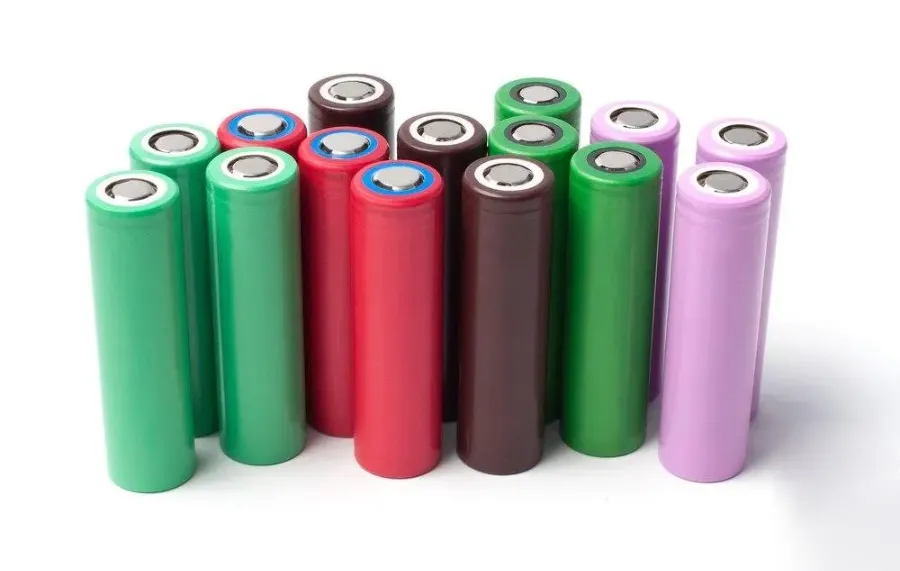Wind turbines are revolutionary devices that convert wind energy into electrical power. By harnessing the wind’s kinetic energy, these turbines provide a sustainable and clean source of electricity. Wind turbines come in various sizes, from small residential models to massive industrial units, each designed to maximize efficiency in harnessing wind energy.
How Wind Turbines Work
The core principle behind wind turbines is simple. Wind turns the blades of the turbine, which are connected to a rotor. This rotor then spins a generator that produces electricity. The efficiency of a wind turbine depends on several factors, including the wind speed, turbine design, and location.
Types of Wind Turbines
Wind turbines are classified into two main types: horizontal-axis and vertical-axis. Horizontal-axis turbines, the most common type, have blades that rotate around a horizontal axis. Vertical-axis turbines, though less common, have blades that rotate around a vertical axis and are often used in urban environments where space is limited.
The Role of Lithium Batteries in Modern Technology
Lithium batteries are an essential component in modern technology, offering superior performance and efficiency compared to other battery types. These batteries are widely used in various applications, from smartphones to electric vehicles, due to their high energy density and long lifespan.
Advantages of Lithium Batteries
Lithium batteries are known for their lightweight design and high energy density. This means they can store more power in a smaller space, making them ideal for portable devices. Additionally, lithium batteries have a low self-discharge rate, allowing them to retain their charge for longer periods.
How Lithium Batteries Work
Lithium batteries operate through a chemical reaction between lithium and other materials. When the battery is charged, lithium ions move from the positive electrode to the negative electrode. During discharge, these ions flow back, generating electrical power. This process is highly efficient and contributes to the battery’s long lifespan.
How Wind Turbines and Lithium Batteries Complement Each Other
The synergy between wind turbines and lithium batteries is a prime example of how renewable energy and advanced technology can work together to enhance sustainability. Wind turbines generate electricity that can be stored in lithium batteries, ensuring a reliable power supply even when the wind isn’t blowing.
Benefits of Combining Wind Turbines with Lithium Batteries
Combining wind turbines with lithium batteries offers several benefits. First, it provides a stable and continuous power supply, reducing reliance on fossil fuels. Second, it helps manage the intermittency of wind energy, ensuring that excess power generated during strong winds can be stored and used during calm periods.
Applications of Integrated Wind and Battery Systems
Integrated wind and battery systems are used in various applications, including off-grid power solutions, remote locations, and backup power systems. These systems are particularly beneficial in areas where traditional power infrastructure is lacking or unreliable.
Choosing the Right Lithium Battery for Your Wind Turbine System
When selecting a lithium battery for a wind turbine system, several factors should be considered. These include the battery’s capacity, discharge rate, and compatibility with the wind turbine’s output.
Factors to Consider When Selecting a Lithium Battery
- Capacity: Choose a battery with sufficient capacity to store the energy generated by your wind turbine.
- Discharge Rate: Ensure the battery can handle the discharge rate required by your system.
- Compatibility: Verify that the battery is compatible with the wind turbine’s output voltage and current.
Popular Lithium Battery Models for Wind Turbine Systems
Several lithium battery models are well-suited for use with wind turbines. These include high-capacity batteries designed for renewable energy systems and specialized batteries that offer enhanced durability and performance.
FAQs
What is a wind turbine, and how does it work?
A wind turbine is a device that converts wind energy into electricity. Wind turns the turbine blades, which spin a rotor connected to a generator that produces electrical power.
Why are lithium batteries preferred over other types?
Lithium batteries are preferred for their high energy density, lightweight design, and long lifespan. They also have a low self-discharge rate, making them ideal for portable and high-powered devices.
How do wind turbines and lithium batteries work together?
Wind turbines generate electricity, which can be stored in lithium batteries. This stored energy can then be used when the wind isn’t blowing, providing a stable and reliable power supply.
What factors should I consider when choosing a lithium battery for a wind turbine system?
When choosing a lithium battery, consider its capacity, discharge rate, and compatibility with your wind turbine system’s output. Ensure the battery can handle the energy storage needs of your system.
Can I use any lithium battery with a wind turbine?
Not all lithium batteries are compatible with wind turbines. It’s essential to select a battery designed for renewable energy systems and ensure it meets the specific requirements of your wind turbine.
Conclusion
Wind turbines and lithium batteries represent two critical components of modern renewable energy systems. By understanding how these technologies work and how they can complement each other, you can make informed decisions about powering your devices and systems sustainably. The integration of wind turbines with lithium batteries not only enhances energy efficiency but also supports a cleaner, more reliable power future. As technology continues to advance, the synergy between these innovations will play a crucial role in shaping the landscape of renewable energy.




